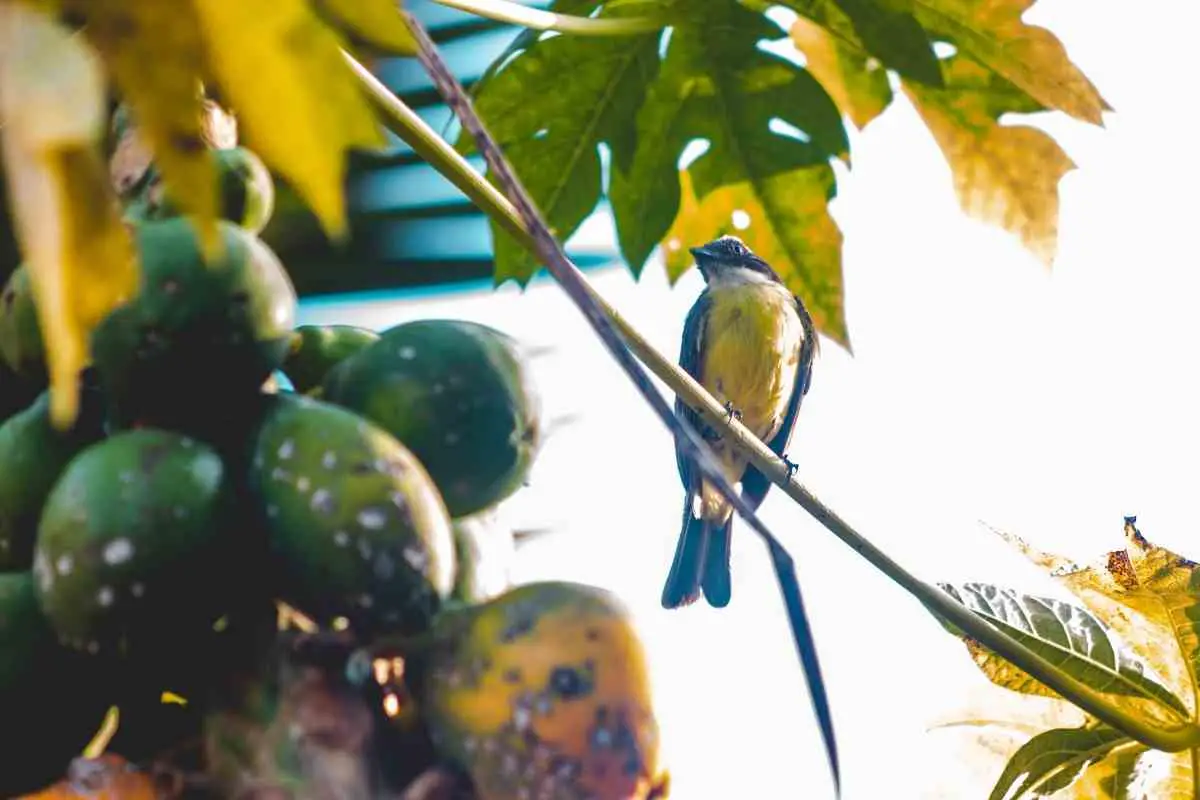Nothing beats the sense of accomplishment a farmer gets when they harvest fruit from their garden.
After lots of hard work and effort, you finally get to enjoy the ‘fruits’ of your labor.
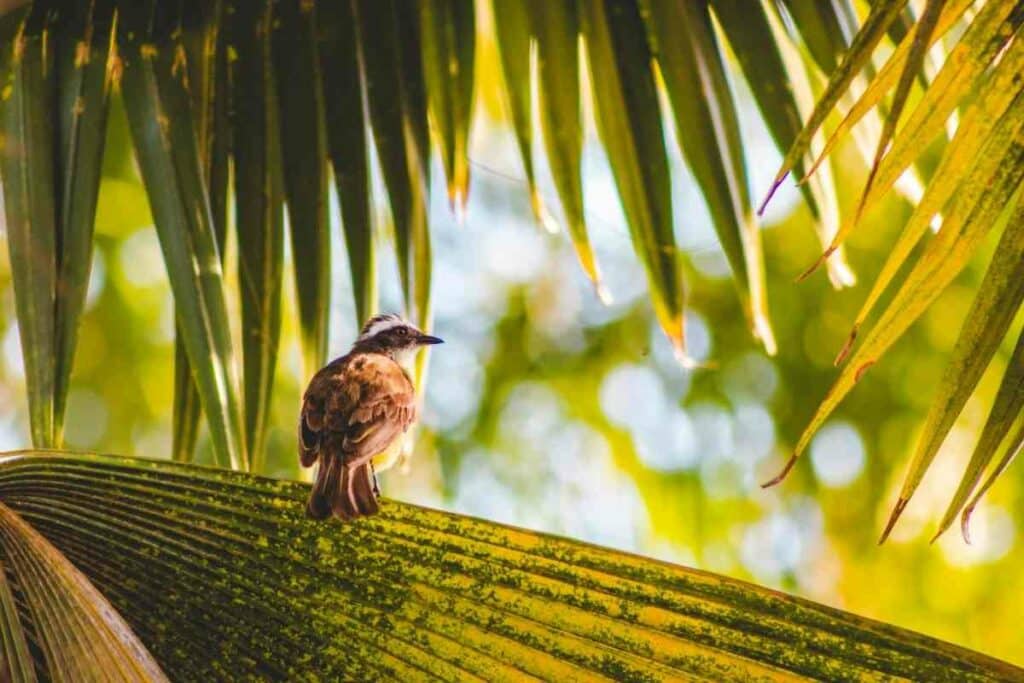
However, you might not realize this feat if you don’t protect your trees against birds.
It’s worth noting that the fruits in your orchard are as mouthwatering to birds as they are to you. For this reason, you need to employ preventive and deterrent tactics such as nets, decoys, alternative sources of food, and so on to ensure you get your harvest. Ideally, you should use multiple methods simultaneously.
Read on to discover the best ways of keeping birds off your fruit trees.
Use Fine-mesh Netting to Cover Fruit Trees
Using nets is an effective way of curbing damage caused by birds, regardless of their size.
The good thing about nets is that they are easy to install, as all you need to do is drape the netting over the canopy of the fruit tree.
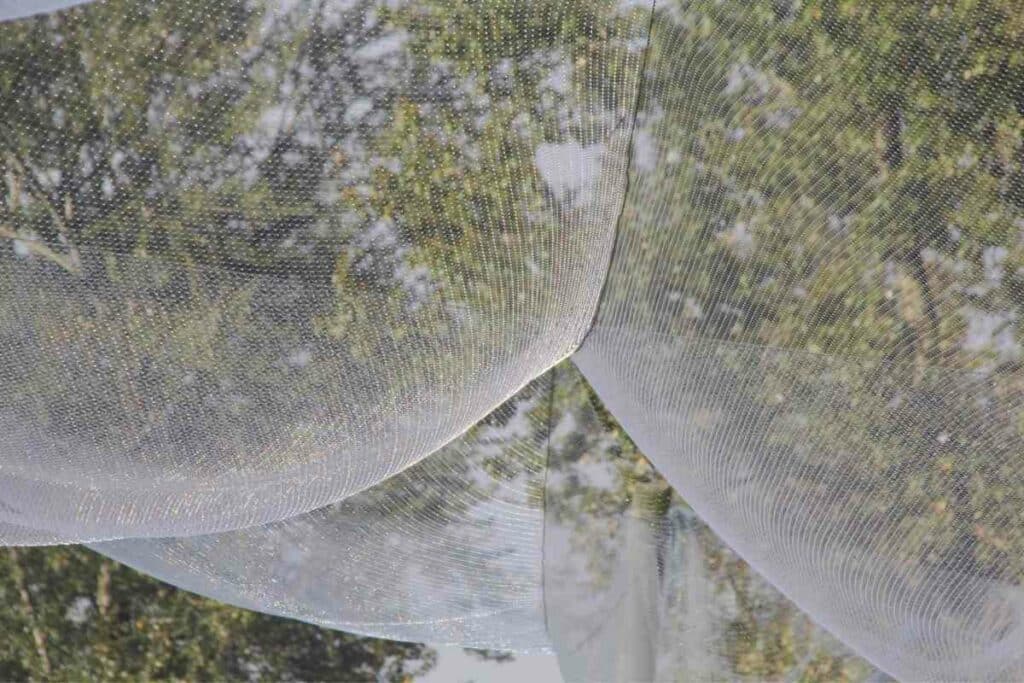
Its weight ensures that it covers the branches and prevents feathered friends from eating the fruit.
This is particularly useful for protecting plants like berries and cherry fruit.
Alternatively, you can build a frame and drape the net over it.
This leaves room for you to get under the netting whenever you need to pick fruit.
Besides birds, fine mesh is also useful at keeping rodents like rats and squirrels away from your fruit trees.
Invest in Reflective Flash Tapes
Reflective flash tapes work by deterring birds from attacking your home orchard.
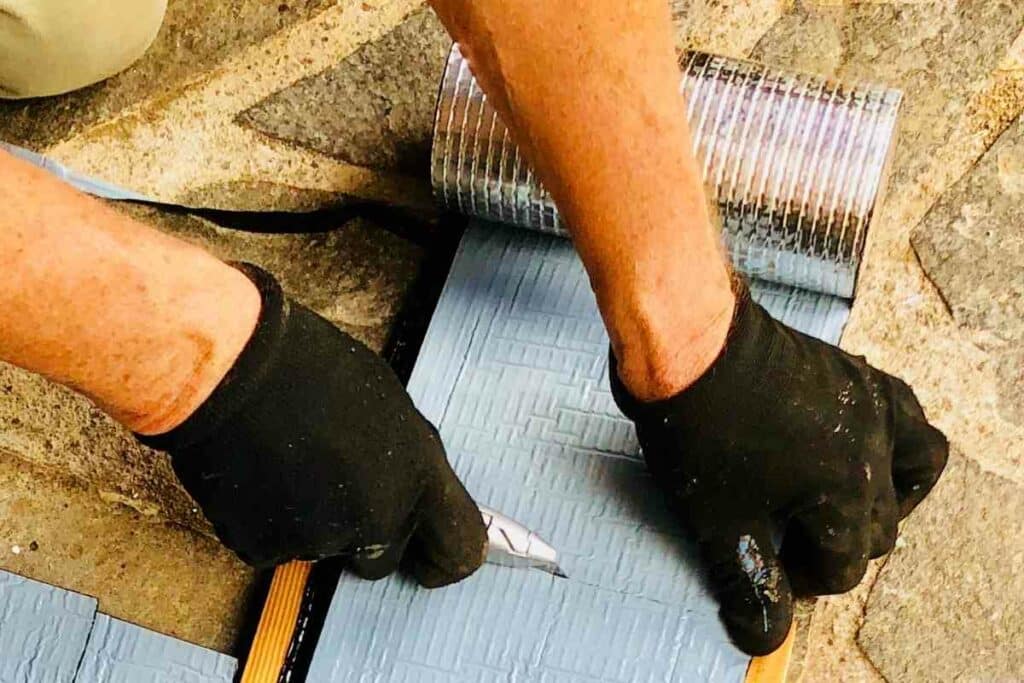
It is especially effective for protecting apple and cherry trees.
The light reflected by the tape’s shiny surface confuses the birds as they approach your fruit farm and forces them to redirect to another destination.
On the downside, reflective flash tapes only keep smaller birds at bay.
Keep In Mind: They can’t protect your produce from other intruders like raccoons, squirrels, and larger bird species. Also, they aren’t easy on the eye and don’t cover the entire tree.
Use Pie Tins
Although many consider it outdated, pie tins can help solve the bird problem in your fruit farm.
These tins are a versatile deterrent because they reflect light and produce distracting sounds that prevent birds from perching onto your fruit trees.
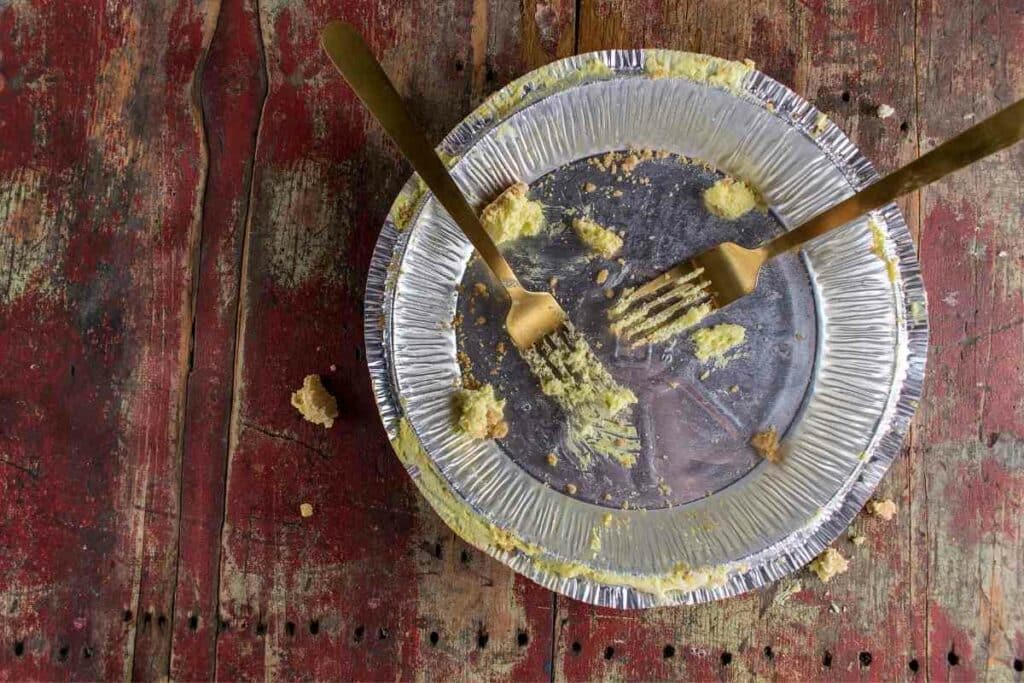
Use a fishing line to suspend the pie tins for the best results. Ideally, this should be at the entrance of your orchard.
The reflections and noisiness will easily deter all types of birds, including larger species, from attacking your fruit-bearing trees.
The most significant drawback of pie tins is also its biggest strength. The noise they produce can be irritating if the garden is too close to your house.
Paint Eye Balloons
As the name suggests, these are standard balloons that have eyes painted on them.
You then attach the balloons to fruit shrubs and canes.
While these might appear to be regular artwork to a human, birds will perceive the balloons as potential predators.
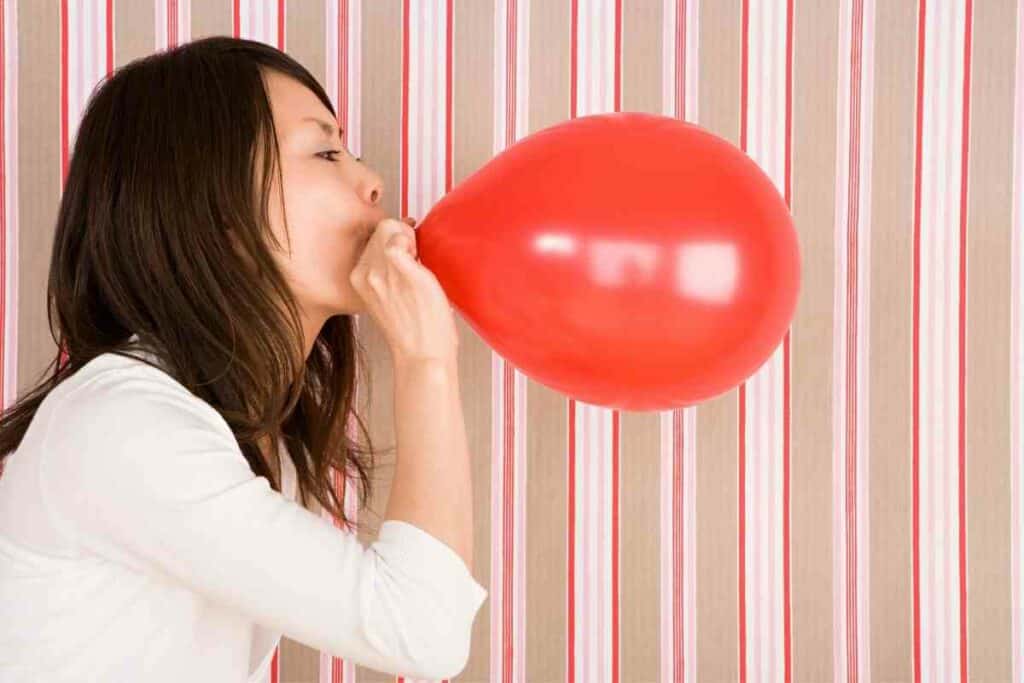
This method is similar to using a scarecrow, one of the oldest and most reliable ways of diverting birds and other pests from farms.
While eye balloons are inexpensive and easy to set up, they have shortcomings:
- They have an unsightly appearance
- You might need to replace them regularly because of their fragile nature
Install Strobe Lights
You don’t need to be suffering from photosensitive epilepsy to know the annoying effect of strobe lights.

Like humans, birds, and other animals that might attack your orchard, find these lights disorienting.
This especially applies to birds that like foraging for fruits at night.
Strobe lights are effective because they cover large areas.
However, they can affect you, meaning that you need to wear goggles when using them.
Even Worse: Putting them on at night can scuffle your relationship with neighbors. You also need a reliable source of power to use this deterrent.
Use a Decoy Predator
Like scarecrows, installing decoy predators is an effective way of keeping birds of your orchard.
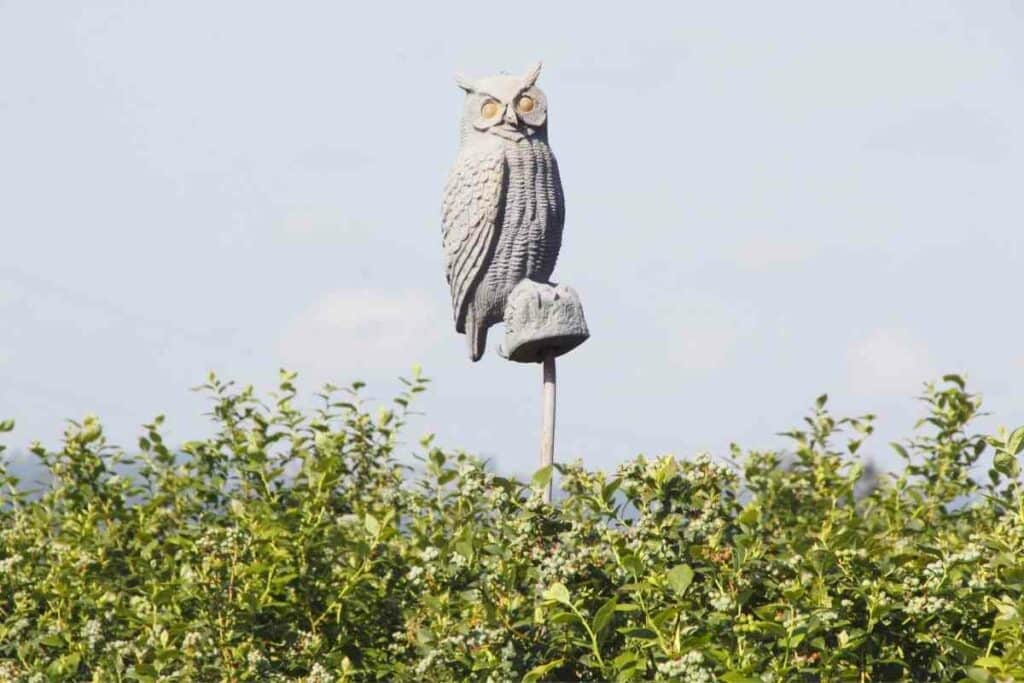
Despite being costlier than other techniques, this method works well against birds that fear predatory species like eagles, hawks, and owls.
However, decoys might not work in protecting your farm against larger species and rodents.
Also, smaller birds might ‘learn’ of the decoy if you don’t move it periodically.
Playing Distress Sounds
Another innovative way of protecting your fruits against birds is by playing distress calls made by other birds.
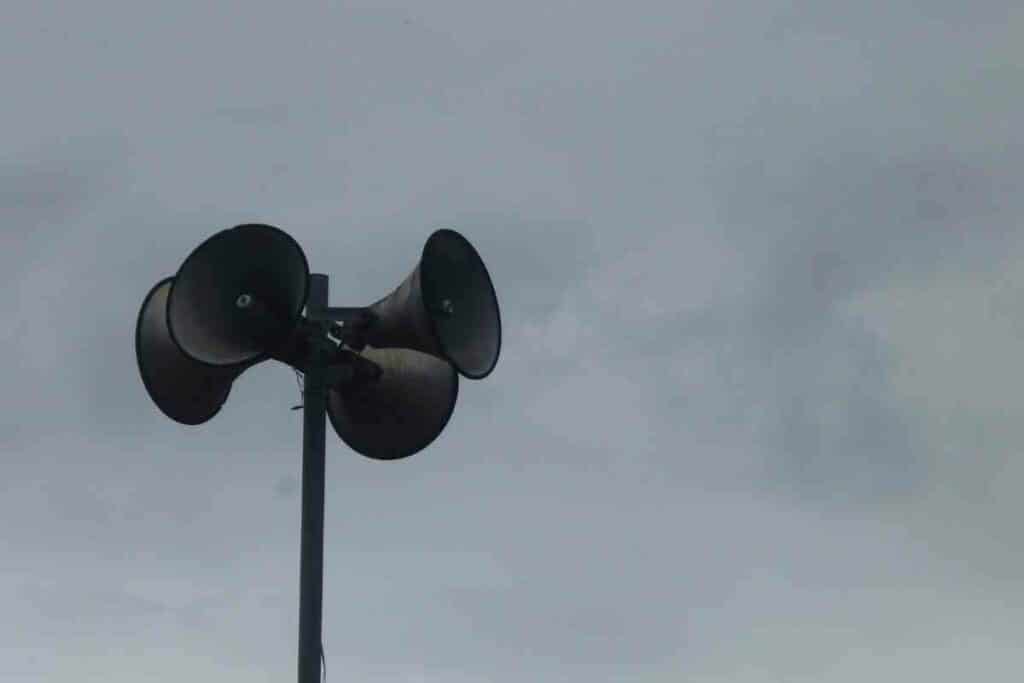
Here, you will need to install speakers in strategic locations around your farm.
Then, play recordings at periodic intervals throughout the day.
For instance, you could play the distress sounds made by smaller species such as weaverbirds when they spot potential predators like hawks.
On the Downside: You require a substantial amount of money to install the speakers. You will also need to shift the equipment regularly and protect it against weather elements.
Use Miniature Windmills or Pinwheels
The whirring sound produced by the spinning blades on pinwheels or windmills can be an excellent deterrent against smaller bird species that want to attack your fruit farm.

Interestingly, the birds will mistake the sound and vibrations for the movements of potential predators.
Ensure that you mount the pinwheels or windmills on masts that measure between six to ten feet tall.
The blades should be metallic and painted with reflective color to achieve the combined effect of loud sounds and bright reflections.
More importantly, you need to move these structures regularly so that the birds don’t get used to them.
The main problem with pinwheels and windmills is that you need them in huge numbers, especially if your orchard covers an extensive piece of land.
Offer an Alternative Source of Food
Who says that the birds targeting your orchard exclusively feed on fruits?
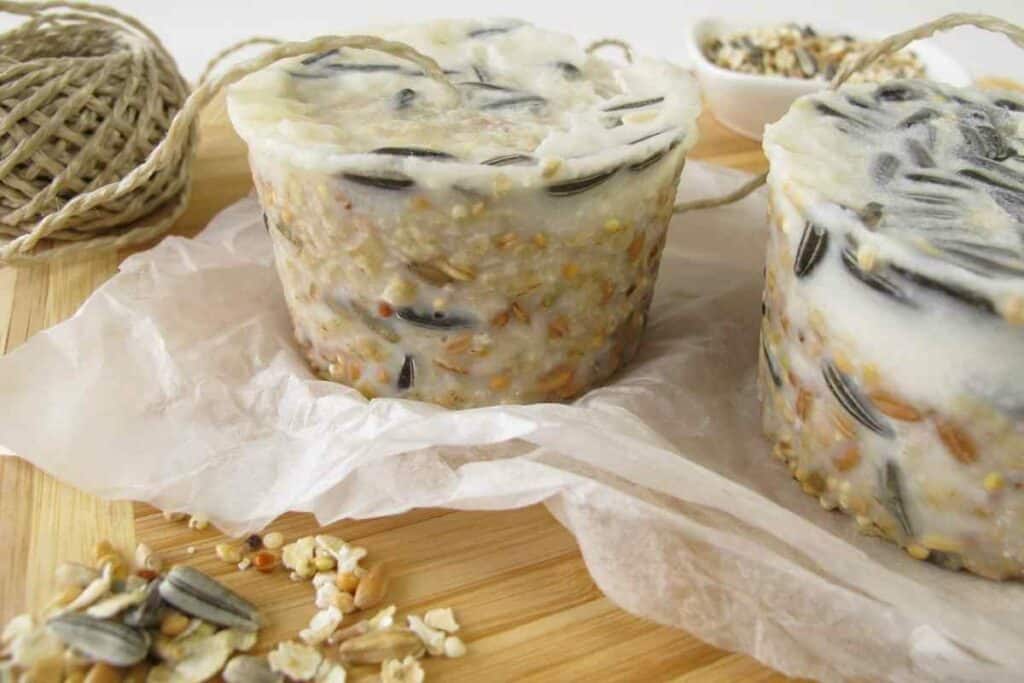
If you don’t want to use nets, strobe lights, tape, and any other techniques mentioned above, you can always provide an alternative food source to these feathered creatures.
For instance, you can invest in a suet feeder or provide another source of birdseed to distract the birds from attacking your fruit trees.
The best thing about this approach is that it allows you to watch birds.
However, the food you provide might not be enough to entice the birds away from the fruits.
Which Bird Species Eat Fruit?
Birds that primarily feed on fruits are known as frugivores.
That said, many species combine fruit with other types of feed in their diet.
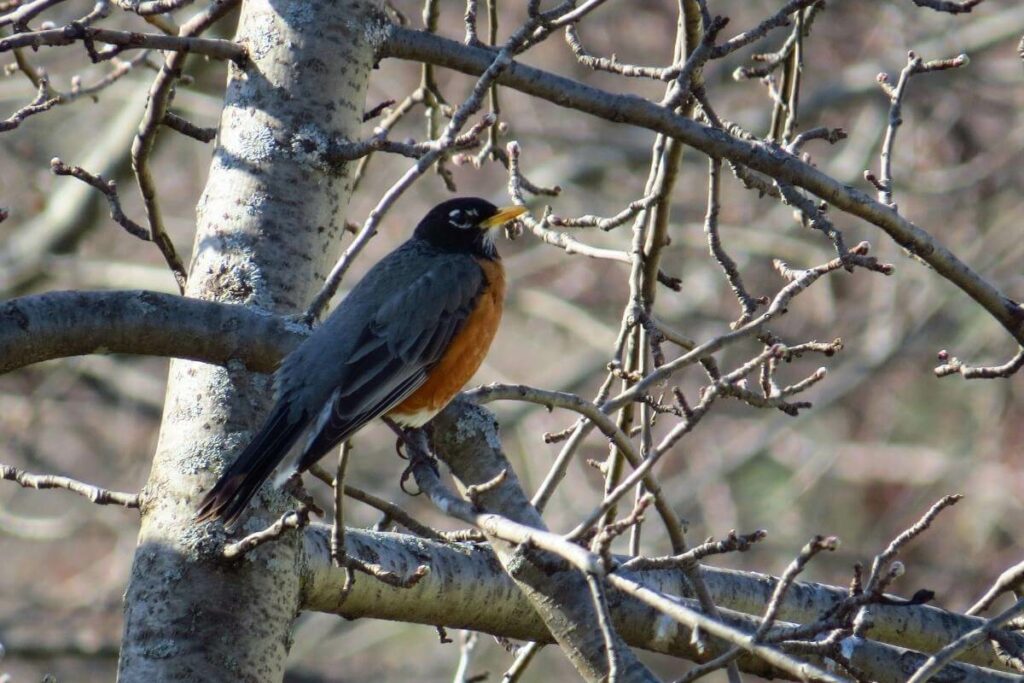
Below is a list of birds that eat fruit regularly:
- Catbirds
- Orioles
- Robins
- Thrashers
- Thrushes
- Waxwings
- Woodpeckers
Besides these frugivores, other species that eat fruit occasionally include kinglets, quail, sparrows, titmice, and towhees.
This occurs when the fruit is widely available or other types of food are scarce.
In tropical regions, species like toucans and parrots can eat diets mainly consisting of fruit.
What Fruits do Birds Eat?
All fruits that humans eat are harmless to birds.
Additionally, birds feed on fruits that aren’t fit for human consumption.

Some fruits that birds eat include:
- berries
- cherries
- oranges
- apples
- plums
Birds usually have small fruits entirely. In such cases, they later defecate the seeds that might regrow as new plants in new habitats.
For larger fruits, these feathered creatures usually eat in bits.
Some species sip the juice from watery fruits such as oranges and plums.
Birds can also eat unripe fruits, and others can nibble the fruit long after it ferments.
However, overconsumption of fermented fruit increases the risk of fatality.
How Do Birds Benefit Trees?
There’s no denying that birds benefit a lot from trees.
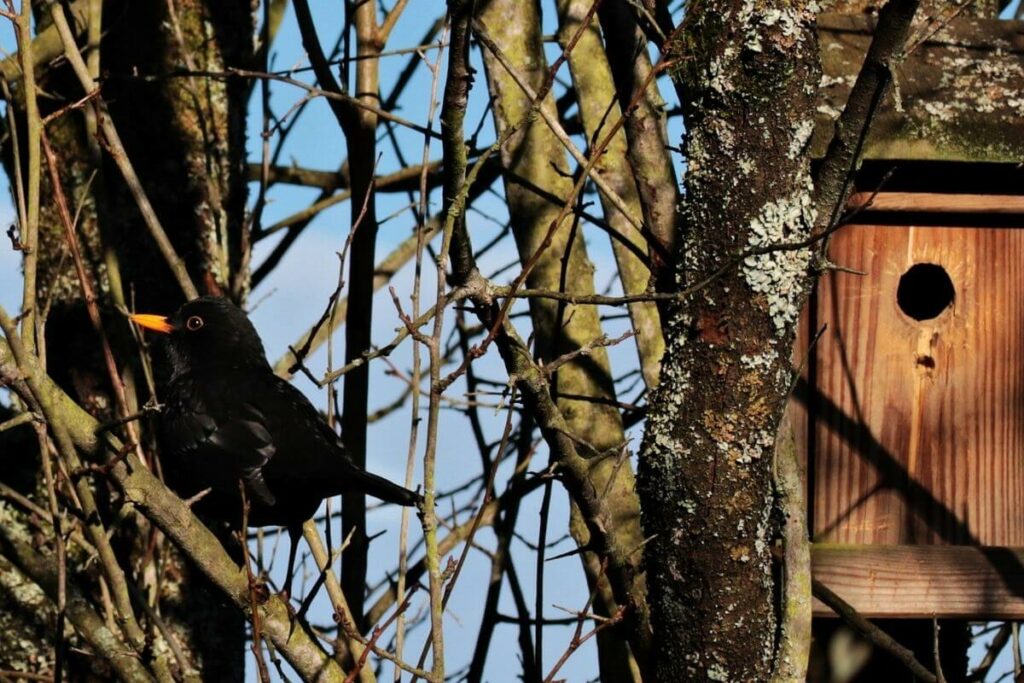
As seen above, they can use your fruit trees as a source of food.
These nestlings also need trees for:
- shelter
- breeding
- and feeding
After all, they form nests or use crevices as home, feed on nectar, and use vegetation as a breeding ground.
Interestingly, trees also benefit from birds. The connection between these two organisms is symbiotic.
Here’s why you might need to cut back on the measures put in to prevent birds from visiting your farm.
Pollination
Some bird species, such as hummingbirds, orioles, sunbirds, and so on, are called pollinators. This is because they transfer pollen grains from one flower to another.
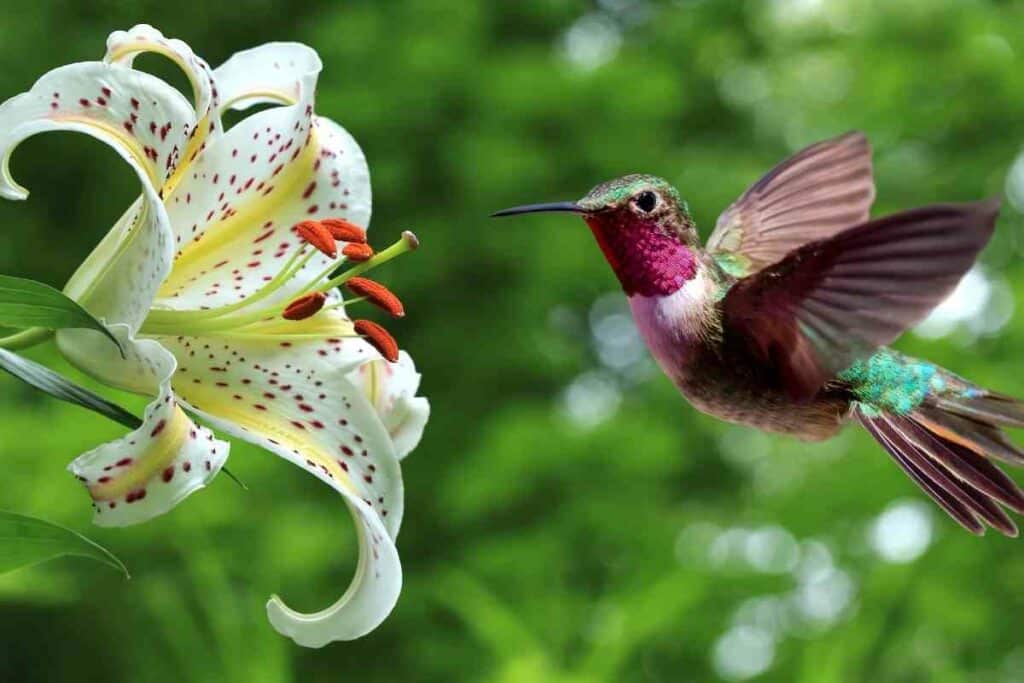
Pollination is the first step in a plant’s reproduction cycle.
Fertilization occurs once the pollen grains from a male flower meet those from a female flower.
Without some bird species, some trees would not reproduce because they solely depend on feathered creatures for pollination.
Did You Know? The attractive scent and bright colors of plants’ flowers are the two aspects that attract pollinators. Fruit-bearing plants produce sweet nectar that many bird species find attractive.
Seed Dispersion
Seed dispersal is a vital natural process where seeds move from a parent plant to other areas.
It helps a plant spread its genes across various locations.
The idea is to allow plants to grow far from their parent so that they don’t compete for nutrients.
Birds help with seed dispersal in multiple ways:
- First, the seeds might stick on their feathers as they eat fruit. These seeds then fall off when the bird flies away.
- Second, when birds feed on fruits, the swallowed seeds come out as feces because they’re undigestible.
This way, birds unwittingly transfer seeds to areas where they can thrive.
Insect Regulation
Insects like aphids, beetles, crickets, locusts, and so on are not only a nuisance, but they can also cause significant damage to your plants by causing infections or feeding on them.
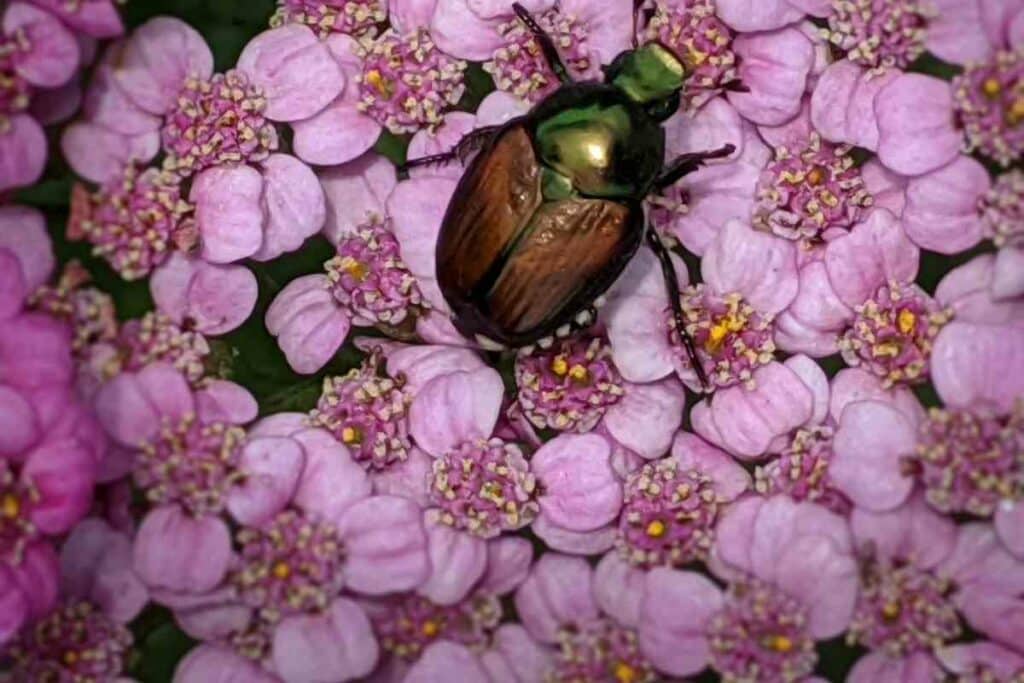
Even worse, they can spread human diseases.
Eventually, all the resources you used to keep your orchard in a pristine condition can go to waste due to the irreversible tree damage caused by insects.
If you don’t like using insecticides and other chemical-based control mechanisms, you’ll be happy to know that birds can provide a lasting solution to your insect woes.
From Experience: Having birds around is an organic, proven, and reliable way to keep insects at bay because many birds feed on insects, thereby protecting you and your plants.
Controlling Weeds
Like insects, weeds are also a nuisance to every farmer.
These unwanted crops are unsightly and harm plant development. If left unattended, they can hinder the maturity of your crop.
Weeds hurt your plants because they compete for the limited amount of nutrients in the soil.

They also ensure that your crop doesn’t get sufficient moisture, sunlight, and space required to grow optimally.
Where weed infestation is extensive, you might have to uproot an entire plant to eradicate the weeds.
Luckily, birds can help you control the number of weeds on your farm. Some species, such as blackbirds, crows, and sparrows, feed on weed seeds.
Doing this saves you the time and effort you would have otherwise used to control the weeds.
Even better, you don’t have to contaminate your crop with the chemicals found in herbicides.
Soil Fertilization
As disgusting and smelly as it is, bird poop is an excellent source of nutrients for the plants on your farm.
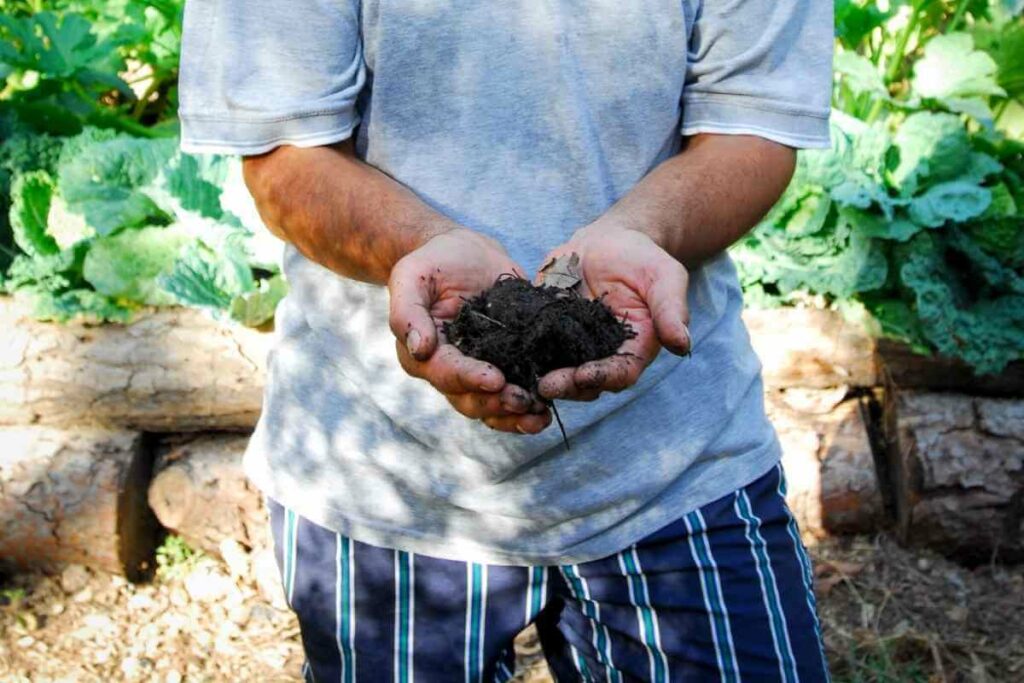
The droppings contain nitrogen and phosphorus, two nutrients that can transform compost into organic fertilizer.
It’s not a coincidence that trees grow faster in areas with large bird populations.
Wrapping Up
Nobody wants to share their harvest with birds, especially after months of hard work.
However, this is an almost impossible task, given that birds fly and the methods mentioned above are only effective if used in a combination.
Luckily, birds aren’t all that harmful to your orchard.
They carry with them a myriad of benefits, such as aiding in pollination, facilitating seed dispersal, feeding on insects and weed seeds, and improving the nutrient levels in your soil.
The trick lies in balancing the positive and negative effects of birds on your fruit farm.
Avoid using over-aggressive preventive methods like strobe lights and faux distress calls.
Instead, use decoys and provide alternative sources of food. This way, you’ll maintain the symbiotic relationship between birds and fruit trees in your orchard.
